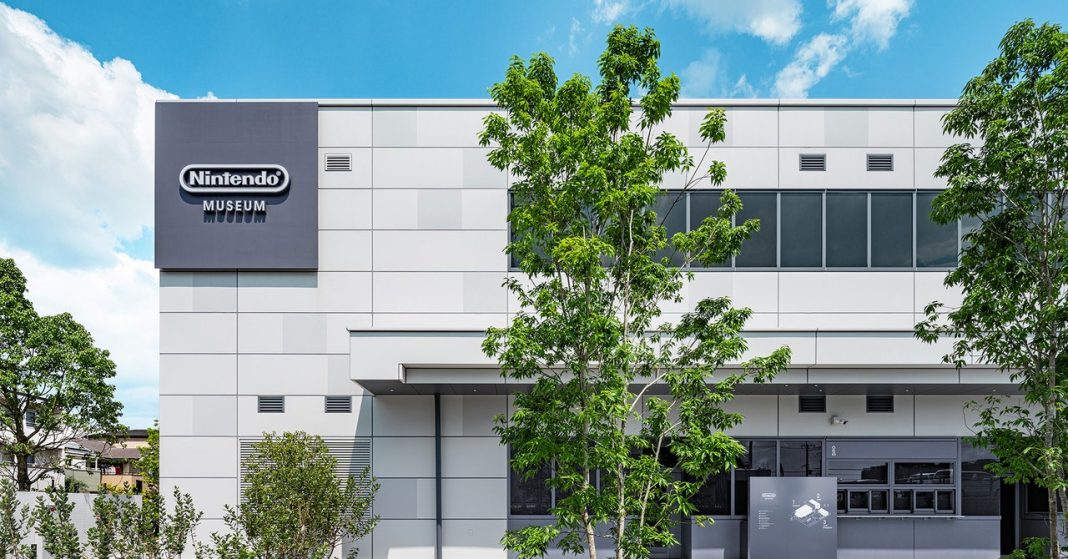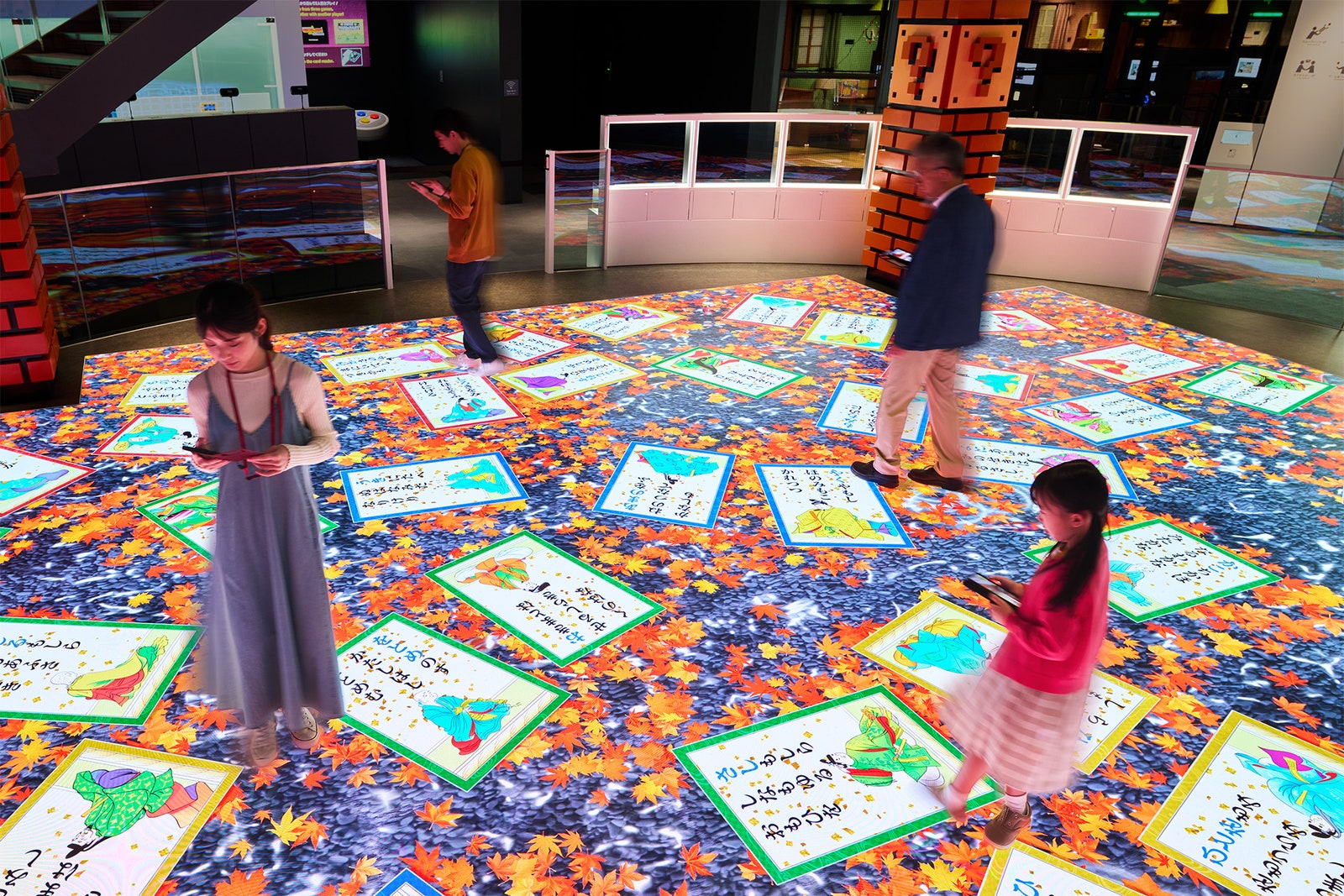This story originally appeared on WIRED Japan and has been translated from Japanese.
Built in 1969 in Uji City, Kyoto, the Uji Kokura factory was originally responsible for the production of toys. Now, more than half a century later, the factory has been reborn as the Nintendo Museum. It will open to the public on October 2, 2024.
Nintendo has recently unveiled details about the new museum. In addition to exhibiting products the company has released in the past—going all the way back to its founding as a playing card company in 1889—the facility will also feature interactive exhibits. There are three interactive sections, named “Learn,” “Experience,” and “Create and Play,” where visitors can experience what it would be like if Nintendo’s various products from its long history were created today, using current technology.
Reinventing Fun
The first floor of the museum is dominated by an exhibit where you can experience new interactive content, newly created just for the museum, that’s based on older Nintendo products. There’s a giant version of a card game based on Hyakunin Isshu, a set of 100 historical Japanese poems, that takes over an entire room. Players open a dedicated app which reads aloud the first verse of one of the poems. Then the players have to wander around the room where giant cards are scattered on the floor to find the corresponding card that continues the poem they just heard.
Visitors can also play historical Nintendo home game consoles and their peripherals, as well as brand new mini-games based on toys released by Nintendo in the 1960s, such as the Ultra Machine pitching machine and the Ultra Hand, which featured a telescoping hand that could reach out and grasp objects. They can also try a new mini-game based on the Love Tester, which pretends to measure whether two people are romantically compatible.
Many of the mini-games offer experiences that differ from the original simply by changing the scale, such as Big Controller, in which two people play a console game using giant versions of previous hardware controllers. There’s also Game & Watch SP, in which players control various titles from the Game & Watch series of pocket-sized portable LCD games using only their shadows.
Visitors to the Nintendo Museum will need “coins” to interact with each of these experience. Each person receives 10 coins upon entering the museum, and the number of coins required varies depending on the exhibit or the mini-game. However, it is not possible to experience all the exhibits with just 10 coins, so visitors will have to pick and choose.

